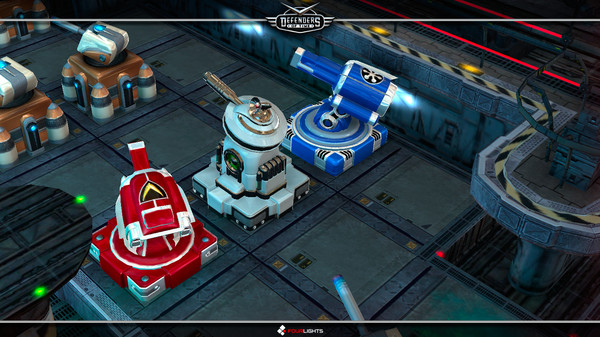The best offense is a good defense.
One genre that has proven to be enduringly and surprisingly popular are tower-defense games. They have existed for as long as I can remember in some form or another, but since the advent of smartphones they have received a renaissance, largely thanks to the likes of PopCap’s behemoth Plants vs. Zombies series.
Developer Four Lights’ Defenders of Time is one such tower defense game, albeit one stripped of the frills and unique aesthetics typically required this day and age to allow games in this genre to stand out from the bustling crowd. It pitches itself as a tower defense game for the purists, if you will; for players who just want to build towers and destroy waves of bad guys, or “creeps” as the game calls them, not for those concerned with a particular “hook” such as the undead waging war on sunflowers.
It also removes much of the simplicity that the genre now relies upon. The game is initially intimidating to behold which isn’t helped much by its lengthy, often confusing tutorial, because although the game makes a concerted effort to explain itself, there is quite a lot to explain. There is so much depth to the game outside of simply plonking down a few towers in order to repel enemy forces, beyond just the tower upgrades which can be customized intricately via the game’s tech tree.
Aside from making your towers more powerful and therefore better equipped to deal with growing numbers of creeps, you can also alter much more about them, allowing you to craft a uniquely strategized defense with upgrades that allow you to slow down enemies, detect stealth units and more. There are a lot of ways you can handle your enemy’s offense in Defenders of Time, but more often than not I found myself struggling to handle the amount of action occurring onscreen. The game forces you to strategize in a very fast-paced environment, something which proves to be increasingly difficult.
Each map on the game is eventually littered with “paths.” Paths are used to highlight the journey of each separate unit of creeps, showing which route they’re embarking on to make their way to you. The shape of these paths can be altered by you placing towers that block these paths, thus making them have to travel farther or into more dangerous situations. It’s a very clever way of adding a further level of strategy to the game, as players are tasked with not only defending themselves against waves of enemies but also monitoring these paths and seeing how they could potentially allow creeps to infiltrate their defenses.
While the game’s single-player is competent enough, there is clearly an emphasis on the game’s multiplayer component here, and that’s when it truly begins to falter. When you can play a game of Defenders of Time with other human players, it’s truly a blast—the freneticism of its solo mode is ramped up significantly, as players are forced to think on their toes and balance defense with offense controlling both the placement of their towers and the routes of their creeps. However, good luck with getting into a matchmaking game, because in my experience barely anyone is playing Defenders of Time.
Fortunately, I wrangled a few friends to join my cause and play alongside me, but after umpteen attempts at joining a ranked game I eventually gave up. Given that in my experience the multiplayer aspect was by far the most enjoyable facet of the game, it’s certainly disappointing that there are few people actually playing it—this is something I would chalk down to the game’s steep $19.99 price point, which in all honesty is far too pricey for a game such as this that is really reliant upon getting as many people as possible to play it. Upon purchasing Defenders of Time you are given another key to pass along to a friend for them to play for free, though it’s much more preferable to play in larger groups as this is where the game truly shines.
It’s saddening that this game hinged upon a lot of people getting sucked into its multiplayer, because playing alongside other people is a true joy. Commandeering the creeps is a lot of fun, with you being allowed to buff them with various abilities, including upgrades that allow them to speed up, regenerate health and multiply upon being killed. There are also a variety of ways in which you can play, including a grueling 4 vs. 1 handicap match that, due to a balancing of credits that each player is allowed to spend, works better than you might imagine.
Defenders of Time proved to be surprisingly deep, and it would have captured my attention for a lengthier period of time if it would have proved to be more popular, thus allowing me to experience its multiplayer component far more than I did. If you’ve got a friend who might be into a robust tower defense game, then it would perhaps be preferable if you split its $20 price tag down the middle and experienced it with them. If that’s not the case, then the solo game is relatively captivating though not really worth the steep price point.
-
Multiplayer is fast-paced fun...
-
...when played with friends, because it’s unlikely you’ll find a ranked game.
-
A surprising amount of depth
-
Adds a huge amount of strategy to the simplified tower defense genre
-
Too many things happening onscreen at once makes the game confusing
-
Tutorial is dull and lengthy
-
Commandeering the creeps to attack your opponent’s base
-
Lots of fun upgrades for towers
Defenders of Time
-
Defenders of Time #1
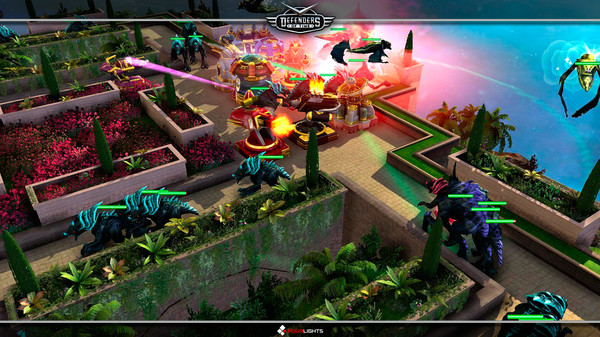
-
Defenders of Time #2
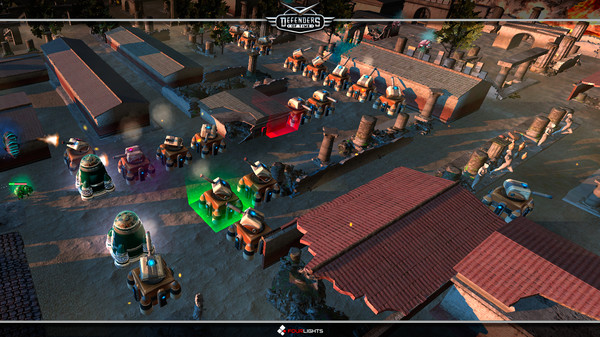
-
Defenders of Time #3

-
Defenders of Time #4
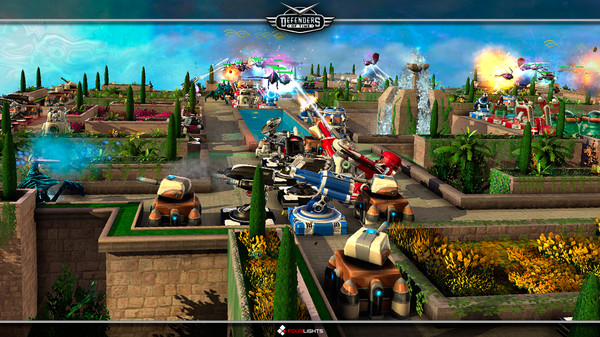
-
Defenders of Time #5
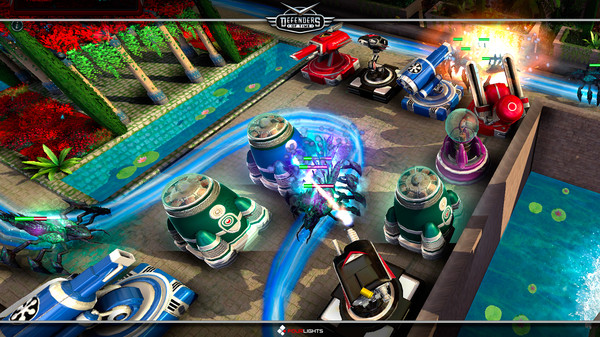
-
Defenders of Time #6
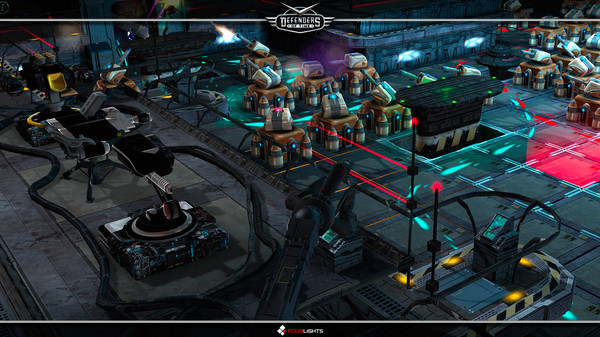
-
Defenders of Time #7
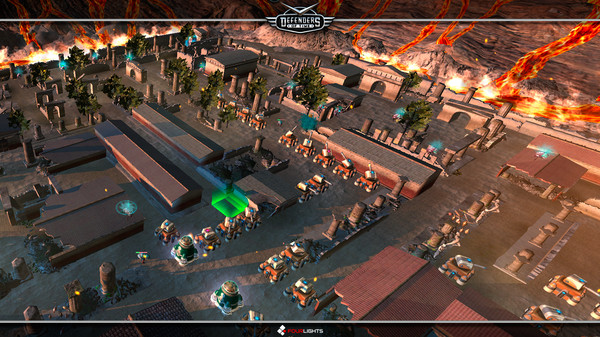
-
Defenders of Time #8

-
Defenders of Time #9
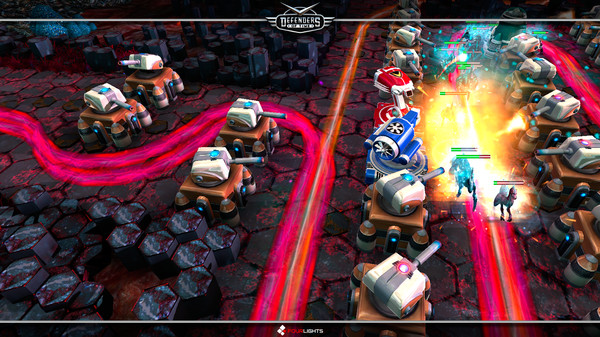
-
Defenders of Time #10
